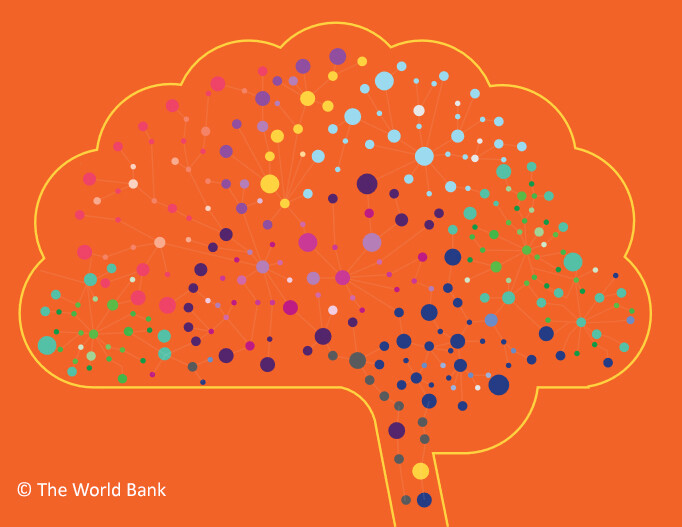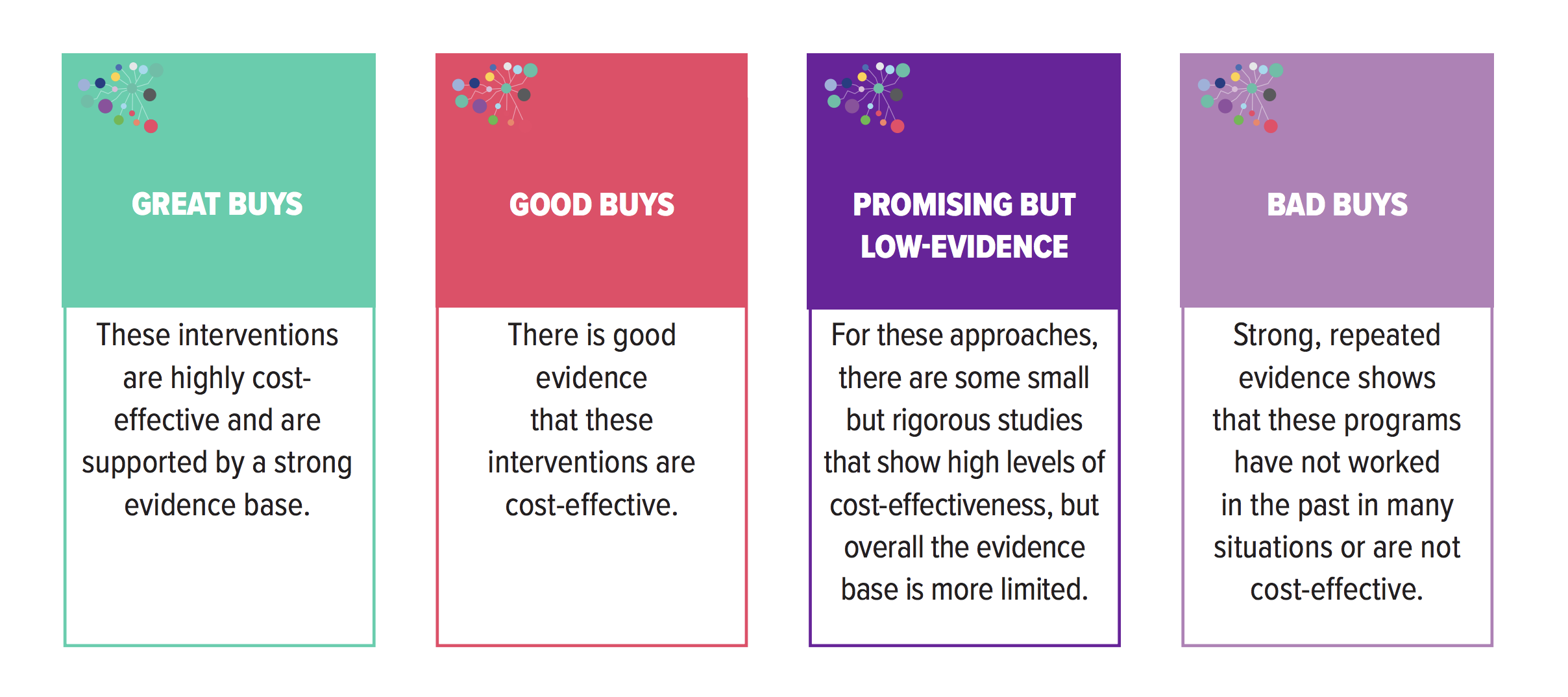World Bank Panel Calls TaRL "A Smart Buy"

Teaching at the Right Level (TaRL), Pratham’s pioneering approach to imparting basic literacy and numeracy skills, was among the methodologies listed as a “good buy” for improving learning in low- and middle-income countries by the new Global Education Evidence Advisory Panel (GEEAP).
The mandate of this independent, cross-disciplinary body composed of 12 leading education experts is to provide succinct, usable, policy-focused recommendations to support decision-makers about where to allocate their funding and focus their reform efforts.
The panel, co-chaired by Abhijit Banerjee, Nobel prize-winning economist and MIT Professor, and Sylvia Shmelkes, Provost of the Universidad Iberoamericana of Mexico, praised TaRL for its cost-effectiveness and proof of concept. The ground-breaking approach to reconfiguring the traditional classroom by grouping children according to learning level rather than age or grade has been rigorously tested through extensive randomized control trials over the past decade. There is a strong body of evidence that indicates TaRL can improve children’s learning outcomes in a matter of weeks.
TaRL dedicates instruction time to building core skills rather than focusing solely on any one curriculum. The thoughtfully designed activities incorporate listening, speaking, reading, and writing, ensuring that each child grasps the fundamentals before advancing to the next stage.
According to the report, “Good materials, including appropriate-level textbooks and instruction at the right level, provided alongside pedagogical improvements, can make a big difference in learning outcomes. This is especially true in systems that lack even minimal levels of resources, such as those with badly overcrowded classrooms.”
Education programs are grouped into the following tiers of cost-effectiveness.
Co-hosted by the Foreign, Commonwealth & Development Office and the World Bank, the group released its recommendations, Cost-Effective Approaches to Improve Global Learning, on October 28, 2020. To classify the interventions, a wide range of evaluative research on education and learning was considered, including:
- Outcome variable: Identifying the most cost-effective interventions in improving learning in basic education.
- Learning and equity: Focus on learning as the outcome variable in improving equity, inclusion, and opportunity.
- Evidence base: High-quality systematic review and meta-analyses of the intervention, as well as newer work that was produced to feed into the panel’s deliberations.
- Cost-effectiveness vs. effectiveness: Evidence of cost-effectiveness with consideration of budget constraints and the need to allocate scarce resources toward interventions that will deliver the most learning gains for the most children and youth.
- Scale: Interventions that have been proven effective at a larger scale—whether systemwide or, at a minimum, in hundreds of schools.
- Duration of impacts: Interventions that have been shown to have long-term positive impacts.
- Interpretation of evidence: Classifications that reflect principles drawn from the evaluation results, combined with knowledge about learning and behavior from research in the fields of education, psychology, and development economics.
Learn more about Pratham education programs.
